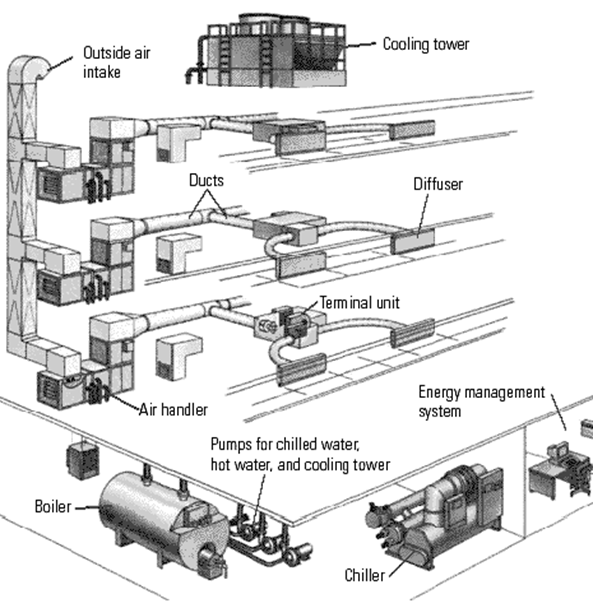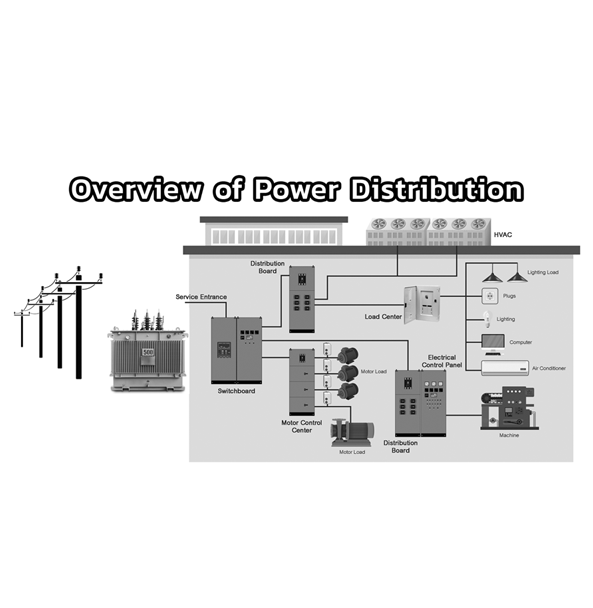- info@rrtomar.com
- +91 9328541992
Mechanical Electrical & Plumbing
Mechanical Electrical & Plumbing
What is MEP?
MEP stands for Mechanical, Electrical, and Plumbing. It is a crucial aspect of civil engineering that focuses on the design, installation, and maintenance of systems that provide essential services in buildings and infrastructure. MEP engineers ensure that buildings are safe, comfortable, and efficient, integrating various systems to work seamlessly together.
Mechanical Systems
Mechanical systems in MEP typically include:
- HVAC (Heating, Ventilation, and Air Conditioning): These systems regulate indoor air quality and temperature. Proper HVAC design is vital for energy efficiency and occupant comfort.
- Fire Protection Systems: These include sprinklers, alarms, and smoke control systems to ensure safety in case of fire.
- Refrigeration: In commercial and industrial settings, refrigeration systems are essential for preserving perishable goods.
- Key Considerations:
- Energy efficiency and sustainability.
- Compliance with building codes and regulations.
- Maintenance and lifecycle costs.
Electrical Systems
Electrical systems encompass all the electrical components within a building:
- Power Distribution: This includes transformers, circuit breakers, and wiring that ensure electrical power is distributed safely and efficiently.
- Lighting: Effective lighting design enhances aesthetics and functionality while promoting energy efficiency.
- Data and Communication Systems: With the rise of smart buildings, integrating data networks and communication systems is increasingly important.
- Key Considerations:
- Load calculations to ensure systems can handle demand.
- Safety standards and fire regulations.
- Integration of renewable energy sources, like solar panels.
Plumbing Systems
Plumbing is essential for water supply and waste management:
- Water Supply Systems: Designing systems for the efficient delivery of clean water to various building fixtures.
- Drainage and Waste Management: Effective drainage systems are crucial for hygiene and preventing water damage.
- Stormwater Management: Includes the design of systems to manage rainwater runoff, reducing the risk of flooding.
- Key Considerations:
- Water conservation strategies.
- Compliance with health and safety standards.
- Sustainability practices, like grey water recycling.
Integrated MEP Design
An integrated approach to MEP design is essential for modern construction. This involves:
- Collaboration among Disciplines: MEP engineers must work closely with architects and structural engineers to ensure that all systems fit harmoniously within the building design.
- Building Information Modelling (BIM): Using advanced software tools to create detailed 3D models that help visualize how MEP systems interact with architectural and structural elements.
- Sustainability Considerations: Incorporating energy-efficient and environmentally friendly technologies to minimize the building's carbon footprint.
Challenges and Trends
As the field of MEP evolves, engineers face various challenges:
- Adapting to Technological Advances: Incorporating smart technologies and IoT into MEP systems for improved efficiency.
- Sustainability: Meeting growing demands for eco-friendly designs and renewable energy solutions.
- Regulatory Compliance: Navigating complex building codes and standards that vary by location.
- Emerging Trends:
- Increased focus on energy-efficient and sustainable design.
- Adoption of advanced modeling and simulation tools.
- Growing importance of smart building technologies.
Conclusion
MEP systems are the backbone of any construction project, ensuring that buildings operate effectively and sustainably. As technology and environmental concerns continue to evolve, MEP engineers play a pivotal role in shaping the future of civil engineering, contributing to safer, smarter, and more efficient built environments.


